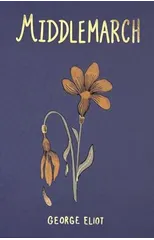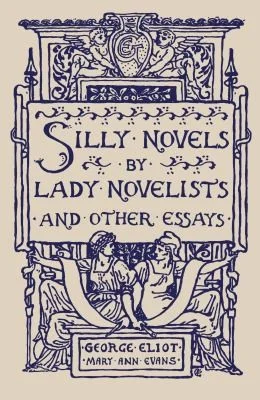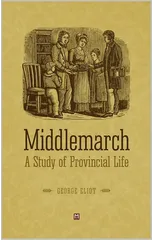"Middlemarch" by George Eliot is a monumental work that intricately weaves together the lives of the inhabitants of the fictional town of Middlemarch in 19th-century England. At its heart is Dorothea Brooke, an idealistic and intelligent young woman yearning for purpose in a society constrained by rigid expectations. As the narrative unfolds, Eliot skillfully introduces a rich tapestry of characters, each navigating their own hopes, dreams, and moral dilemmas. Set against the backdrop of social and political change, "Middlemarch" serves as a nuanced exploration of love, ambition, and the consequences of individual choices. Eliot's penetrating insight into the human condition, coupled with her elegant prose, makes this novel a timeless examination of the complexities of life and the enduring search for meaning. With its rich characterizations and profound observations, "Middlemarch" stands as a literary masterpiece, inviting readers to reflect on the universal challenges of existence and the pursuit of a fulfilling life.
George Eliot
George Eliot was the pen name of Mary Ann Evans, a prominent Victorian-era novelist known for her insightful and complex characterizations. Her most notable works include "Middlemarch," considered one of the greatest novels in the English language, and "Silas Marner," a poignant tale of redemption and community. Eliot's literary style is characterized by its psychological depth, moral complexity, and social commentary. She was a pioneer in the realist tradition, exploring themes of morality, religion, and human relationships in her writing. Eliot's contributions to literature include challenging traditional gender roles and societal norms, as well as expanding the scope and depth of the novel as an art form. Her work continues to be celebrated for its profound insights into the human condition and its enduring relevance in contemporary society.












